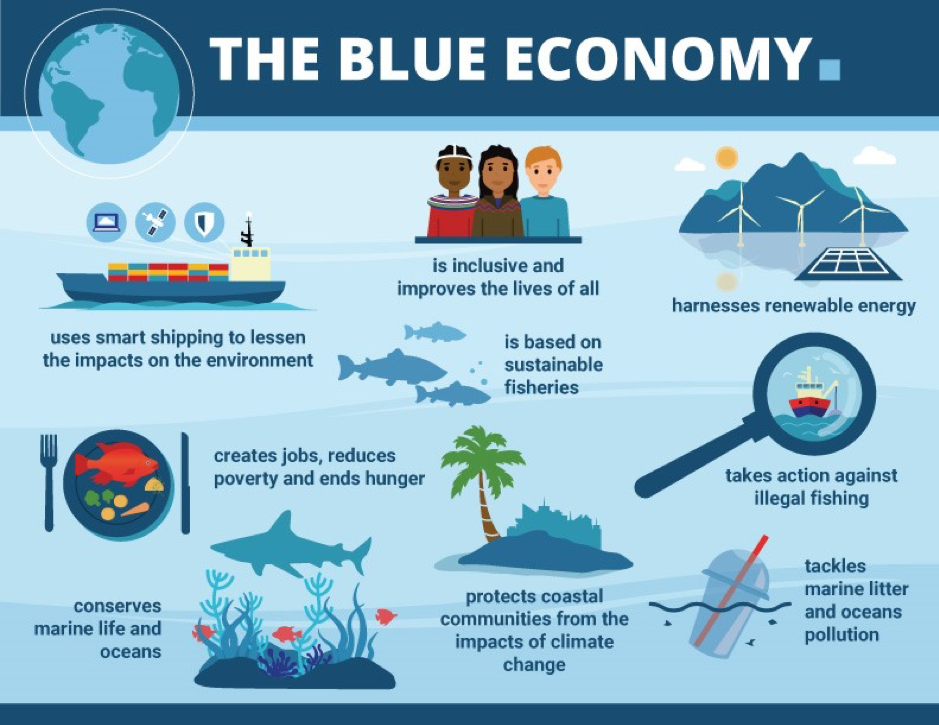Did you know?
More and more marine park managers are using artificial reefs (ARs) (Bowden-Kerby, 2008, Claudet and Pelletier, 2014) as a way to contribute to ecosystem conservation, fisheries sustainability, and help in zoning coastal areas. In order to reduce conflicts between multi use positions, AR projects aim to restore the ecological functions provided by the natural reef systems.
Most of the time, materials used are of similar type and size to historical or natural habitats and are placed in or around nearshore waters, helping the recovery of related ecological services. In this case, the name “artificial reef” can be misleading, as one can expect to see unnatural looking structure. It can be the case of course, but not always as an increasing number of park planners are looking to create natural looking reef system with a rich wildlife habitat.
Today, the use of ARs is often coupled, in tropical areas, with coral planting –or coral propagation– for many reasons. For example: on an environmental point of view, corals increase the reef structure and create habitat for fishes and on a touristic point of view, corals are what land locked tourists want to see when diving or snorkeling on a coral reef.
The science of coral propagation has made huge progress since its inception in the early 1980s and today the survival rate of the transplants are close to 90% if done by trained professionals.


ES Caribbean just finished a very successful coral propagation project in the Bahamas, read more about it here. This is what marine biologist call “jumpstarting the colonization of a reef” as once corals are established, it will be easier for other important species such as fish to come inhabit the reef.
A number of environmental and economic considerations should be considered when planning and designing new artificial reef and coral propagation projects. Water quality, pollutants, reef profile, wave action, bottom composition, and construction materials are just a few things that will impact the success of these habitats, or can potentially cause damage to neighboring habitats such as the tire dumps of South Florida in the 1980’s.
In Dubai, the reclaimed sand artificial islands came at a high cost and have caused damaged as Tina Butler noted that; “As a result of the dredging and redepositing of sand for the construction of the islands, the … crystalline waters of the gulf of Dubai have become severely clouded with silt. The construction activity is damaging the marine habitat, burying coral reefs, … threatening local marine species as well as other species dependent on them for food.”
But when correctly planned and designed beautiful results can follow, especially when they are constructed by marine biologists and environmental engineers focusing on important or endangered marine habit such as: the parrotfish, humphead wrasse, grouper or Spiny lobsters.




